In 1956, the celebrated American photographer Gordon Parks went south to Alabama and Georgia on assignment for Life Magazine to capture the faces of segregation. Just two years after Brown v. Board of Education, the landmark Supreme Court ruling segregation illegal, Parks captures lurid photographs of families in A Segregation Story now on display at Salon 94 Freemans.
The images represent a series of poignant portraits of three families, the Thornton, Causey, and Tanner living separate and unequal lives in the Jim Crow South. “They felt like a punch in the eyes, they are politically engaged and they are involved in the making of history,” Salon 94’s director and curator Fabienne Stephan tells The Creators Project. “It was a very conscious decision to shoot the photographs in color because most of the images for Civil Rights reports had been done in black and white, and they were always very dramatic, and he wanted to get away from the drama of black and white.”
Videos by VICE
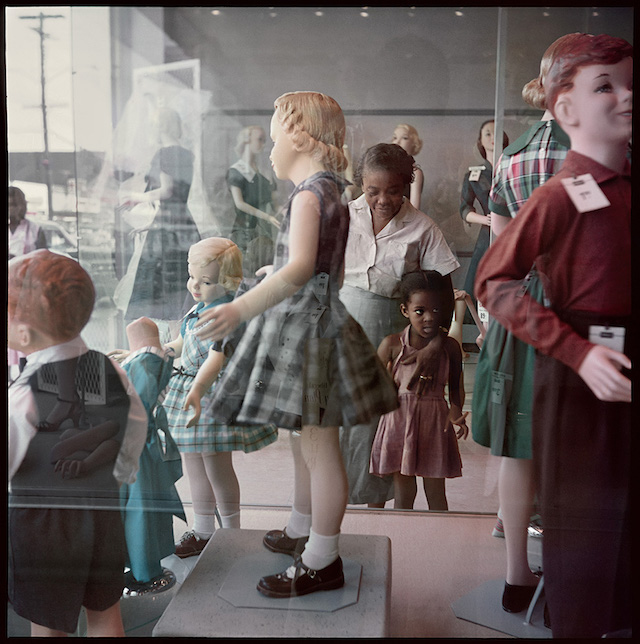
Ondria Tanner and Her Grandmother Window Shopping, Mobile, Alabama, 1956, (c) Gordon Parks Foundation. Courtesy of the Gordon Parks Foundation and Salon 94, New York.
In At Segregated Drinking Fountain, a group of six women and girls dressed in colorfully printed skirts on a sunny day in Mobile, Alabama, wait to drink from the “colored only” drinking fountain as the “white only” fountain stands unoccupied. In another photo, a young man named Willie Causey Jr. sits in the doorway of his wooden house, with a rifle in his lap, standing guard, during a time of violence in Shady Grove, Alabama. In the next room, two younger boys sit on a bed while a woman reads to them. The image vividly communicates the ways in which violence informed the daily lives of African-Americans in the deep South. In Children At Play and Department Store, Parks captures a hopefulness which foreshadowed the change that was yet to come.
When Life printed the images for the first time, many in the North found the realities captured hard to understand. “The images created empathy for the reader of the magazine because everyone goes to school, everyone opens the mail, everyone goes to the playground and everyone goes and get ice cream,” says Stephan. They also served to embarrass the Southern communities in which the families’ lived. Many of the families documented by Parks had to leave their homes after being refused service at local shops after the images appeared in Life.
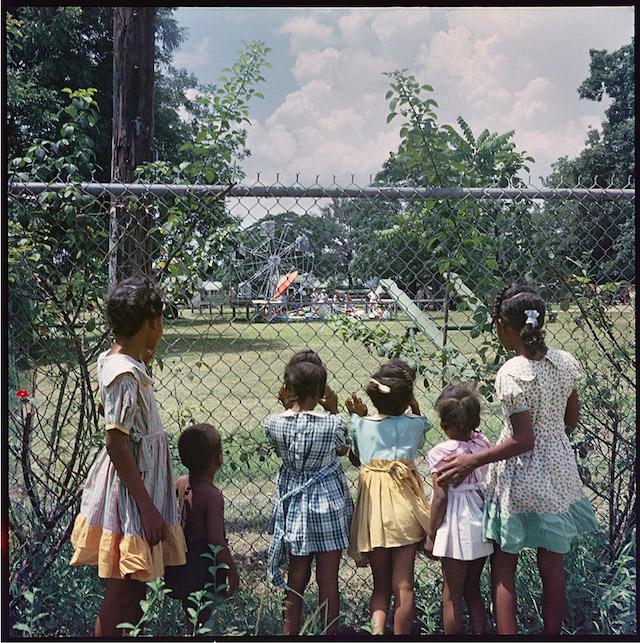
Outside Looking In, Mobile, Alabama, 1956, (c) Gordon Parks Foundation. Courtesy of the Gordon Parks Foundation and Salon 94, New York.
The photographs are classically American—representing a real part of history. “It’s hard sometimes to quantify the effects of one action,” says Stephan. “But these images really helped bring the reality home that separate but equal was still in effect years after the Supreme Court ruled it unconstitutional and that it have had an impact on a lot of people’s lives.”
This series of photographs were thought to be lost until when in 2012 the Gordon Parks Foundation found the negative film. The Salon 94 exhibit brings this historical moment to life, reminding us that the American identity and the notion of liberty is still one informed by reckoning with the not so distant violent past. Parks’ images jar us into questioning our current racial injustices and make us question how far we have come as a nation? Or have we?
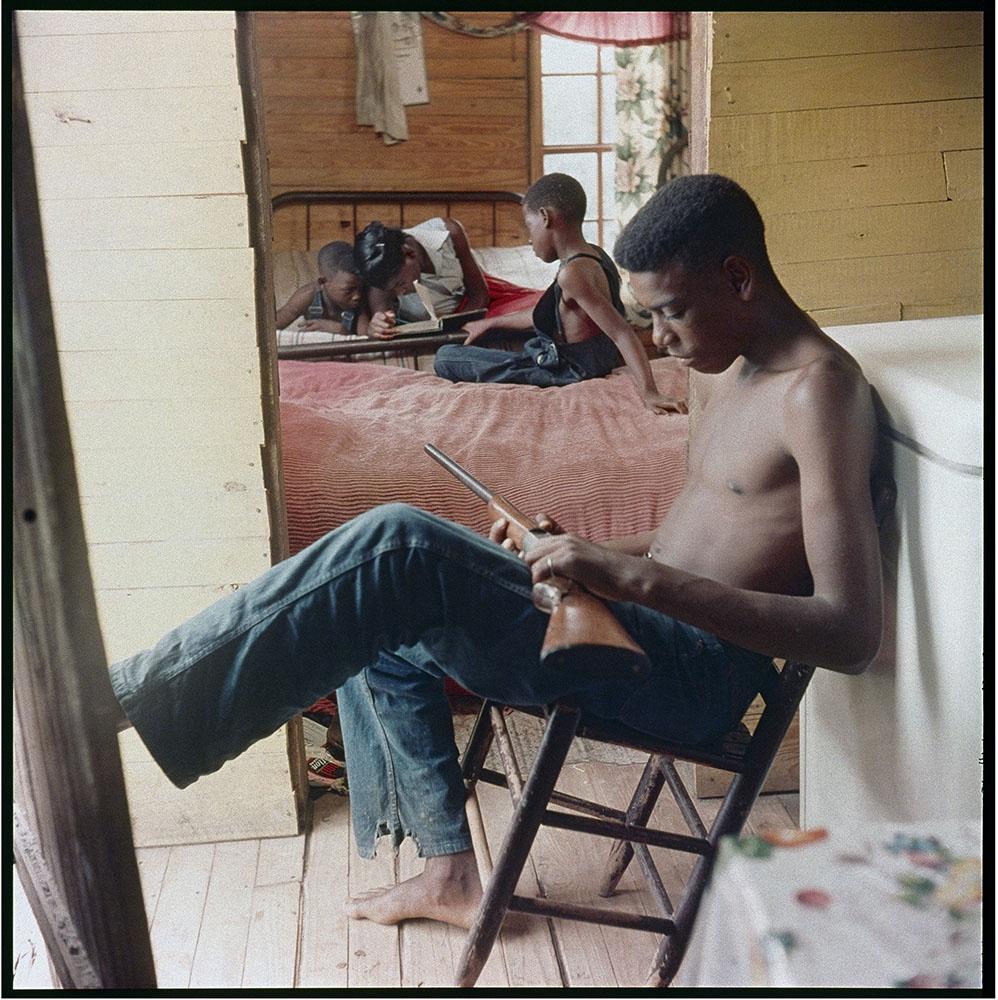
Willie Causey Jr., with Gun During Violence in Alabama, Shady Grove, Alabama, 1956, (c) Gordon Parks Foundation. Courtesy of the Gordon Parks Foundation and Salon 94, New York.
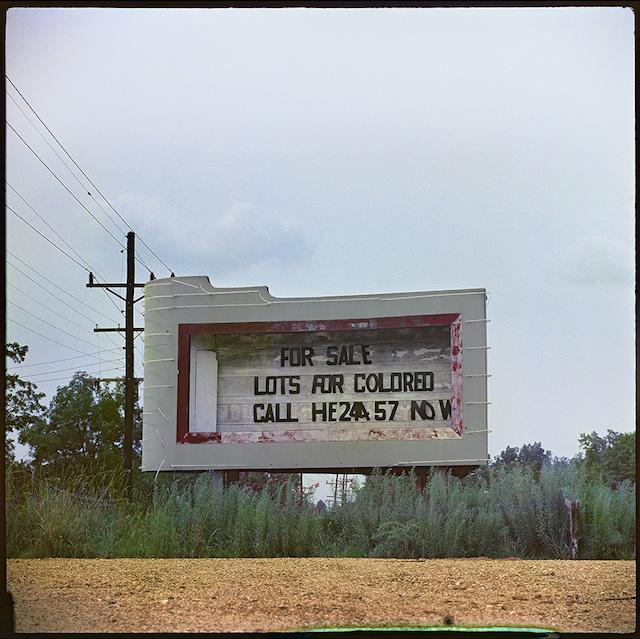
Untitled, Mobile, Alabama, 1956, (c) Gordon Parks Foundation. Courtesy of the Gordon Parks Foundation and Salon 94, New York.

Untitled, Shady Grove, Alabama, 1956, (c) Gordon Parks Foundation. Courtesy of the Gordon Parks Foundation and Salon 94, New York.
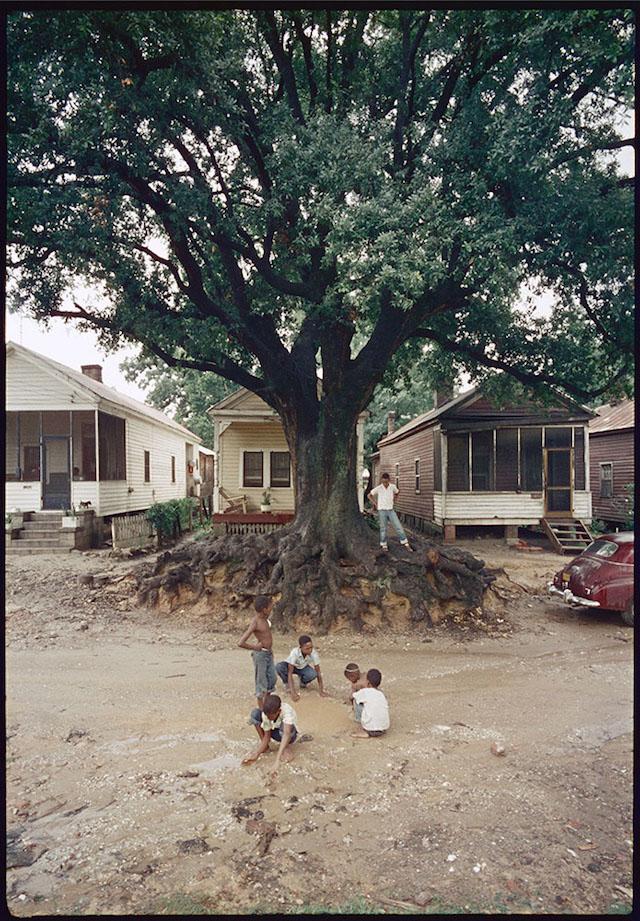
Children At Play, Mobile, Alabama, 1956, (c) Gordon Parks Foundation. Courtesy of the Gordon Parks Foundation and Salon 94, New York.
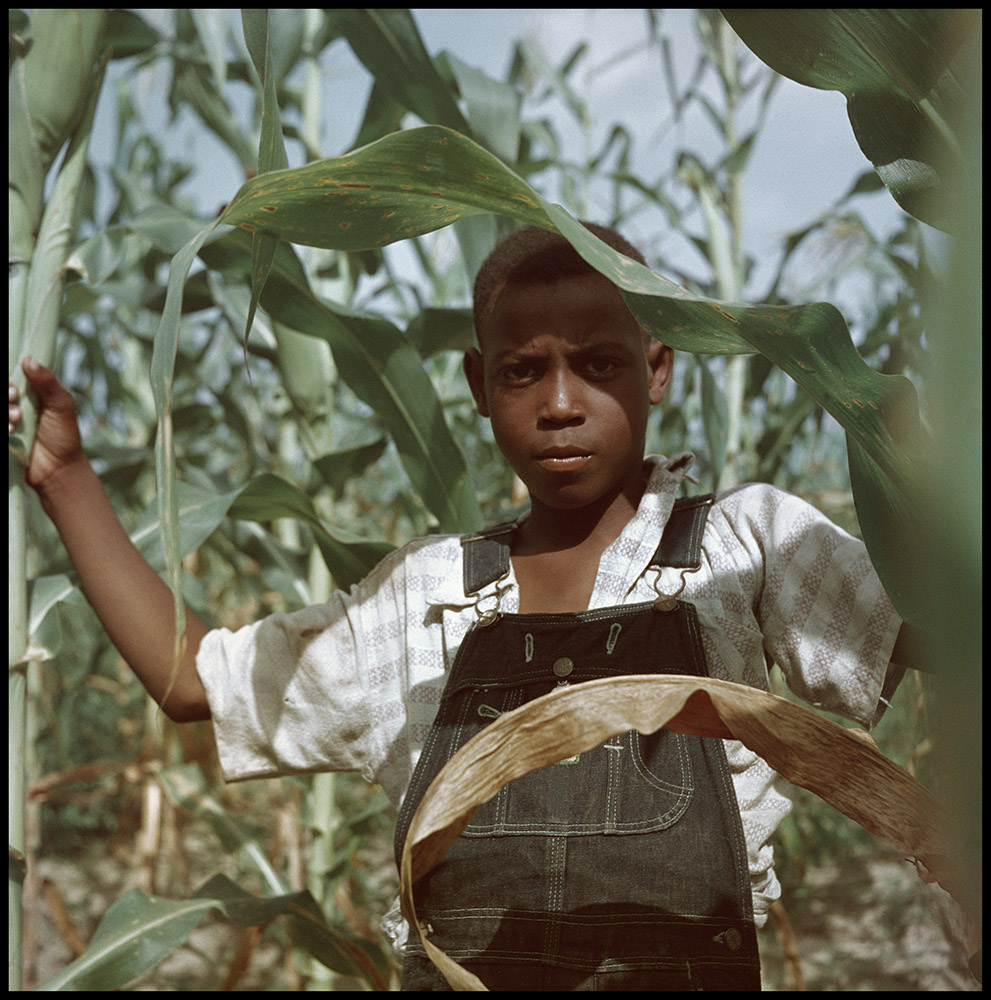
Untitled, Shady Grove, Alabama, 1956, (c) Gordon Parks Foundation, Courtesy of the Gordon Parks Foundation and Salon 94, New York.
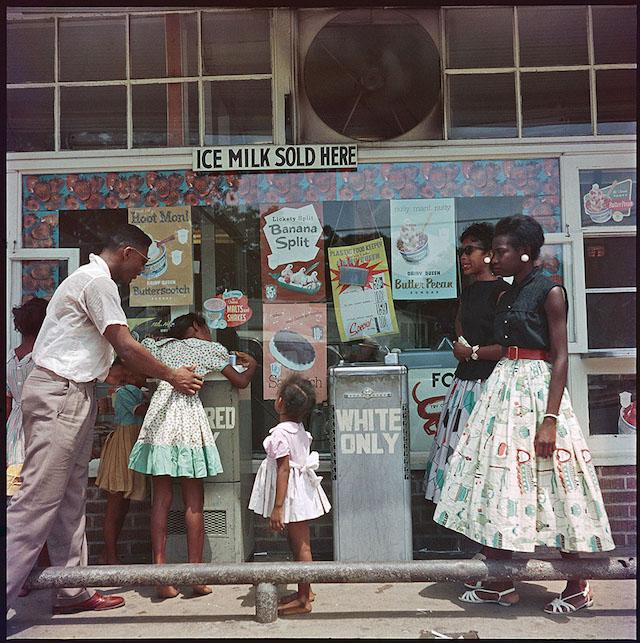
At Segregated Drinking Fountain,Mobile, Alabama, 1956, (c) Gordon Parks Foundation, Courtesy of the Gordon Parks Foundation and Salon 94, New York.
Gordon Parks’ A Segregation Story continues through December 20 at Salon 94 Freemans. For more information, click here.
Related:
Relive the Million Man March in Stunning Black-and-White Photos
Nina Simone’s “Young, Gifted and Black” Inspires an Exhibition in South Africa
More
From VICE
-

Screenshot: Shaun Cichacki -

AEW -

Screenshot: YouTube/Into Games -

(Photo by Xavi Torrent/Redferns)
